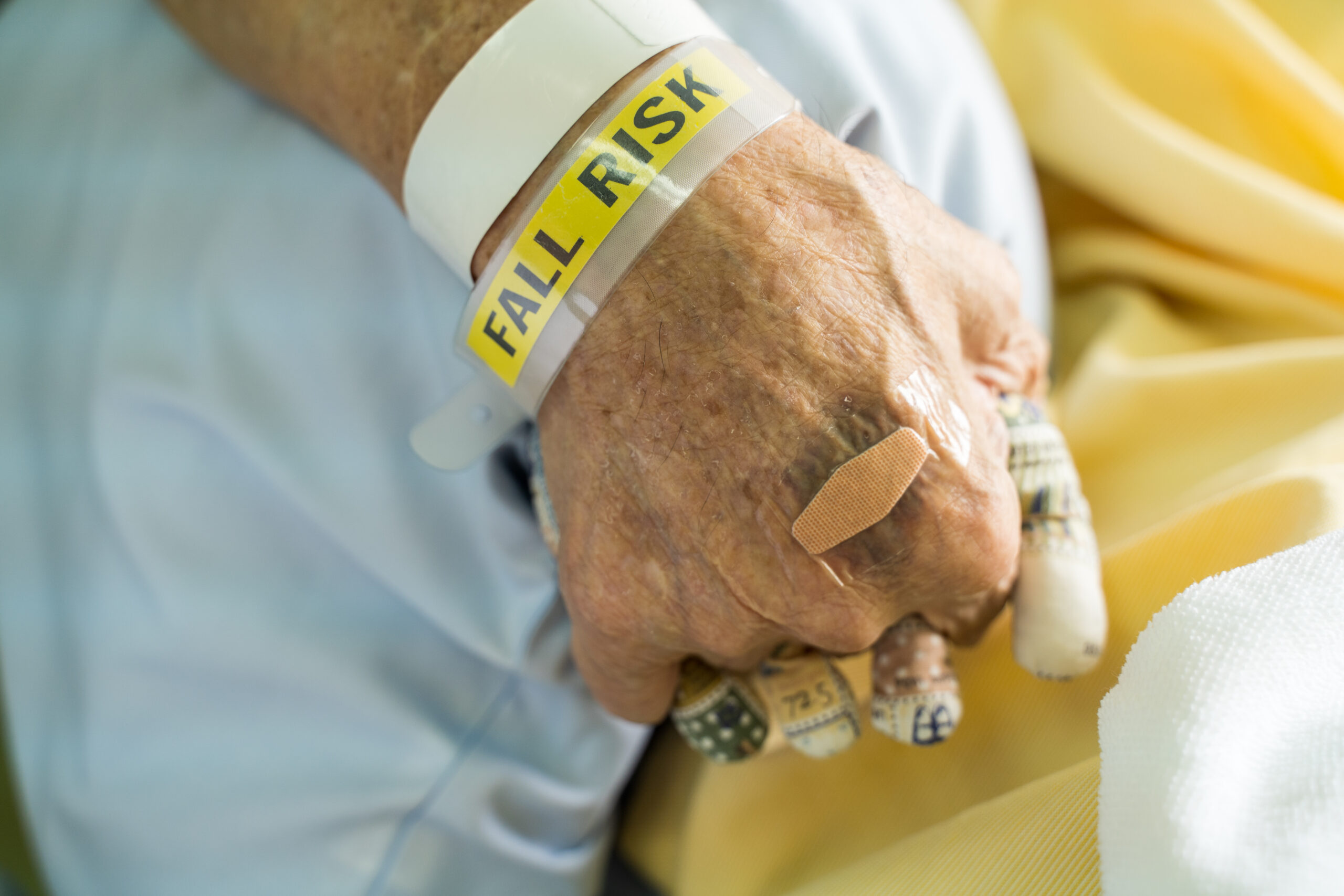
Ishac v Ontario (Health Insurance Plan) – Pectoral Implant Removal Not Covered by OHIP
In Ontario, the line between an insured health service and an elective cosmetic procedure can sometimes seem blurry. The Ontario Health Insurance Plan (OHIP) is

Falls are a common and devastating complication of hospital care, particularly in elderly patients.
According to a recent medical journal article entitled “Prevention of falls in hospital” published by the Royal College of Physicians:
According to the leading insurer of hospitals in Canada, the Healthcare Insurance Reciprocal of Canada (HIROC), injuries caused by falls frequently result in significant disabilities with loss of independence and associated costs.
HIROC identifies some common themes in claims made against hospitals by injured patients:
System
Knowledge and Judgement
Communication and Documentation
A fall in hospital can unfortunately lead to serious injuries, disability and even death. If you or a loved has recently had a fall while in hospital, you should contact an experienced medical malpractice lawyer for advice and recommendations.

In Ontario, the line between an insured health service and an elective cosmetic procedure can sometimes seem blurry. The Ontario Health Insurance Plan (OHIP) is

On February 11, 2019, Bradley McKee stabbed his father, William McKee, to death. At the time of the stabbing, Bradley was 27 years old; he